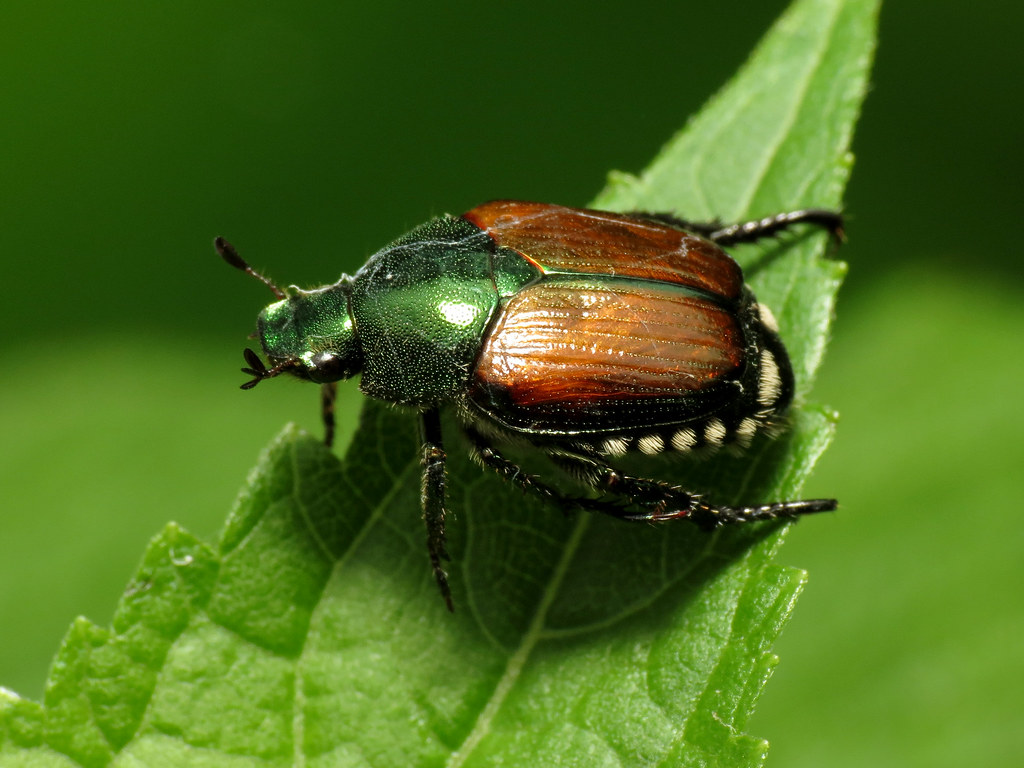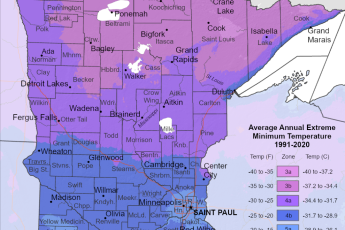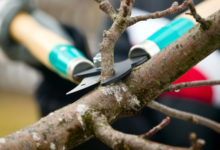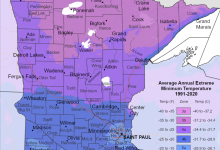
It is that time of year to celebrate our country’s independence with fireworks and festivities. It is also that time of year when adult Japanese beetles begin to come out in force for their annual feeding frenzy through our beloved gardens and landscapes. Don’t get disheartened, instead develop a Japanese Beetle defense plan to mitigate damage and reduce their populations. Below are some tips to combat these ferocious feeders and methods to keep them away.
Use Plants Japanese Beetles Dislike
Just starting out building your landscape? Choose plants Japanese Beetles dislike. Avoid roses, grapes, beans, raspberries, Elm and Linden Trees as these attract Japanese Beetles. Instead plant conifers, Ash trees, Lilacs and Clematis to name a few. For as many plants as Japanese Beetles do favor there are just as many that they do not.
Apply Milky Spore in the late fall (September/October) to control Japanese Beetle grubs. Bacillus popilliae (Milky Spore) is a naturally occurring bacteria that attacks Japanese Beetle grubs in turf and can reside in the soil, providing benefit for up to ten years!
Don’t provide an optimal nesting ground for Japanese Beetles. They prefer to lay their eggs in a nicely irrigated and thick lawn. When they hatch, the Japanese Beetles grubs feed on the roots of grass. This results in patches of dead grass which you can easily pull out by hand.
You can also protect your highly valuable plants with row covers or drop cloths during active Japanese Beetle Season.
Neem Oil Repels Japanese Beetles
Love Roses and can live without the blooms for awhile? Snips buds and blooms from your prized rose bushes while Japanese Beetles are present and spray foliage with Neem Oil to reduce damage.
You can also apply Neem Oil to foliage at the first sign of Japanese Beetle presence. Neem Oil does not kill Japanese Beetles but, it will help to reduce feeding.
Hand Pick Japanese Beetles
Hand pick the beetles in early evening while they are dormant and drop them into a bucket of soapy water.
It is important not to squish them as this releases a pheromone which then unfortunately attracts more Japanese Beetles. Also, empty the bucket frequently as your dead bug brew can develop quite an unappealing aroma.
When All Else Fails…
You can use both Spinosad and Pyrethrin based insecticides to control adult Japanese Beetles. They are safe to use on edible crops as well as around pets (excluding fish).
Spinosad is a natural substance that is derived from soil bacteria. It is toxic to a wide variety of insects however, it has a low toxicity to beneficial insects.
Pyrethrin is derived from a species of chrysanthemum, which acts against an insect’s nervous system. You should only use Pyrethrins when absolutely necessary. Although they are organic, they are also toxic to bees and other beneficial insects. If you must spray, spray late in the evening, this is when pollinators are less active and only spray product on non flowering plants.
Don’t Worry …
Japanese Beetles may seem like they are devouring your entire yard however, very seldom does their feeding result in the death of a plant. When they do finish feeding and begin to lay eggs, they will move on which is generally around late July into early August.
For more information on Japanese beetles and controlling them visit the University of Minnesota’s webpage, Japanese beetles in yards and gardens.










